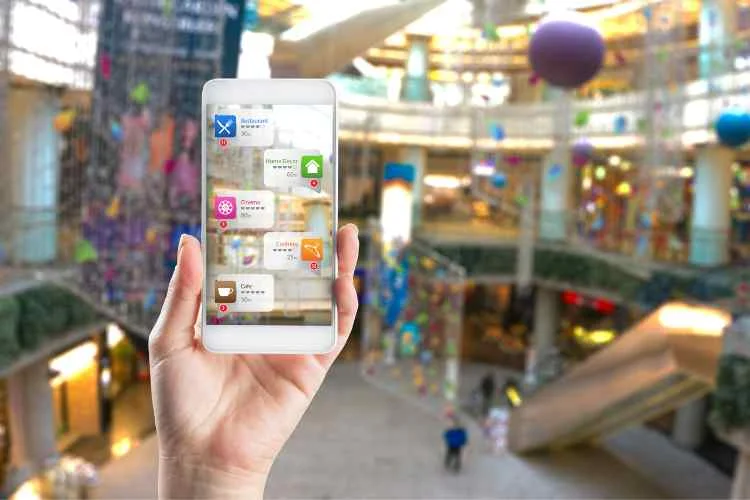As the tides of technological advancement surge, those who embrace digital transformation with open arms will emerge as the champions of this era. One such innovation, augmented reality (AR), transforms the shopping experience, offering unique benefits to retailers and customers. So, this article will help you explore how an augmented reality platform can revolutionize retail businesses, focusing on its application through various AR platforms.
The Rise of Augmented Reality in Retail
Interactive Product Demonstrations:
These platforms have the unique capability to bring products to life through interactive demonstrations. Customers can see how products work in real-time, directly in their environment, without physical samples. For instance, a furniture retailer could allow customers to place a virtual sofa in their living room, adjusting its position and color to match their decor. This interactive approach not only captivates the customer’s interest but also significantly reduces the hesitation associated with online purchases.
Personalized Recommendations and Visualizations:
Personalization is at the heart of modern retail strategies, and AR delivers customized experiences. These platforms analyze customer preferences, interactions, and purchase history to tailor recommendations that resonate with individual tastes. For example, a fashion retailer could use AR to show how different clothing items look on a customer, suggesting styles that match their size, color preferences, and previous purchases. This level of personalization deepens the customer’s connection with the brand, enhancing satisfaction and loyalty.
Virtual Try-Ons and Fittings:
This is particularly impactful in fashion and accessories, where fittings and appearances are crucial. Customers can use their smartphone or tablet’s camera to see how clothes, glasses, or even makeup products would look on them. This not only makes the shopping experience more engaging and fun but also reduces the return rate. Virtual try-ons significantly reduce the likelihood of returns as customers gain a deeper understanding of the product before committing to a purchase. This innovation marks a substantial advancement in combining online shopping’s ease with the assurance of making an informed decision.
Enhanced Product Information:
When shopping in-store or online, customers often seek more information about products. Augmented reality platforms can overlay digital information, such as specifications, user reviews, or even demonstration videos, onto physical products directly within the customer’s view. This instant access to detailed product information can aid in making informed purchasing decisions.
Navigation and In-Store Assistance:
AR platforms transform the shopping experience in large retail spaces by providing real-time navigation assistance. Through AR-enabled devices or apps, customers can quickly receive turn-by-turn directions directly overlaid onto their field of view, leading them to specific products or departments. Customers can access detailed product information, ask questions, and receive recommendations through AR interfaces without finding a store. This feature improves the shopping journey by offering immediate assistance. It personalizes the customer’s journey by suggesting products that align with their preferences and past purchases, thereby enriching the shopping experience.
The Future of Retail with AR
The future of retail lies in the integration of technology to create seamless, efficient, and enjoyable shopping experiences. Augmented reality stands at the forefront of this transformation, offering endless possibilities for innovation. As technology evolves, so will the ways retailers can utilize AR to meet and exceed customer expectations.
Conclusion
Integrating an augmented reality platform into the retail sector offers a glimpse into the future of shopping. It promises to bridge the gap between digital convenience and the tactile satisfaction of traditional retail. For retailers, adopting an AR platform is not just about staying ahead of technological trends; it’s about creating a dynamic and interactive shopping experience that attracts and retains customers. As this technology continues to evolve and become more accessible, its impact on the retail industry will undoubtedly grow, reshaping how we think about shopping forever.
